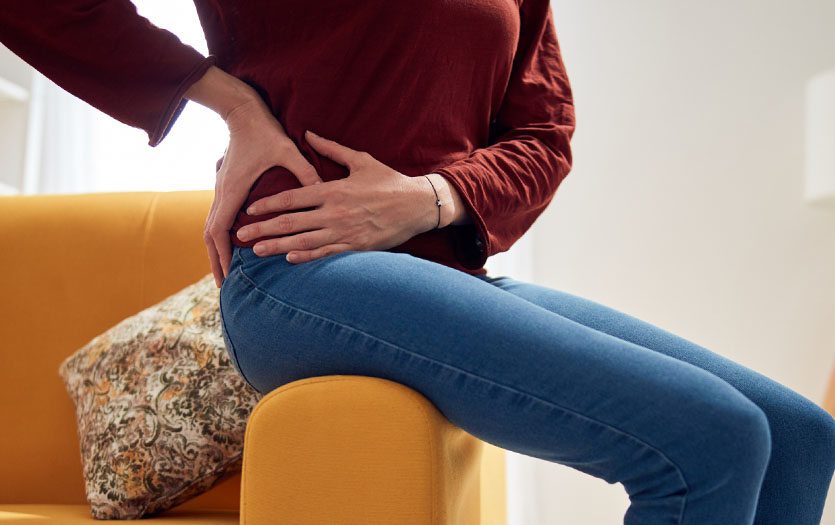.jpg)
This post was written by Kaitlyn Creager, lifestyle change specialist, Diabetes Care Services, Parkview Health.
With the heat and activities of summer, it can be difficult to stay hydrated. However, with the proper precautions and water consumption, you can stay safe while enjoying your summer. Adequate hydration is also essential for heart and digestive health and can improve your energy and performance levels, leaving you feeling at the top of your game.
The signs of dehydration
You might be surprised that there are other indicators of dehydration than thirst. Unfortunately, if you feel thirsty, you are most likely already dehydrated to some degree. Some of the symptoms that can indicate dehydration include:
- Urine color (pale or clear is ideal, dark means drink more water)
- Not sweating during vigorous activity (also a sign of heat exhaustion)
- Extreme thirst
- Fatigue
- Dizziness
- Confusion
- Headaches
- Low blood pressure
Remember, everyone should hydrate, not just athletes or those doing intense activity. However, if someone is physically active, their body may dehydrate faster, making routine water consumption extremely important.
A new rule of thumb
The old standard for daily water intake was 64 ounces a day. The new standard is to drink half your body weight in ounces of water. For example, if someone is 150 pounds, they should drink roughly 75 ounces of water daily. However, this measurement could vary based on the following factors:
- An individual’s physical activity level
- Number of activities participated in each day
- How much someone perspires (heavy sweaters must drink more water)
- Use of diuretics (these medicines dehydrate the body)
- Medical conditions (people with diabetes, heart disease or cystic fibrosis may need to drink more water to avoid dehydration)
Hydration tips for exercise
To stay hydrated when physically active, you should drink water before, during and after a workout. The American Council on Exercise (ACE) recommends the following hydration schedule when exercising:
- Drink 17-20 ounces 2-3 hours before exercising
- Drink 8 ounces 20-30 minutes before exercising
- Drink 7-10 ounces every 10-20 minutes during exercise
- Drink 8 ounces no more than 30 minutes after exercise
If possible, avoid drinks with alcohol or caffeine when outdoors for extended periods. They are natural diuretics and can cause your body to eliminate water faster than usual. Also, consider drinking a beverage with electrolytes if participating in extreme physical activity for more than two hours.
Other sources of water
It’s also important to remember that an individual’s daily hydration comes from more than just drinking water or electrolyte supplements. About 80% of our water intake comes from what we eat. If you’re looking for fruits and vegetables with higher water content, try consuming some of the following:
- Watermelon
- Cucumbers
- Tomatoes
- Strawberries
- Iceberg lettuce
Final thoughts
Remember to listen to your body and ensure you’re sipping water throughout the day. Drinking plenty of water will help stave off dehydration. If you have fluid or sodium restrictions, please speak with your primary care provider for guidance on staying hydrated.
Helpful resources
Staying Hydrated - Staying Healthy | American Heart Association
10 Tips for Staying Hydrated During the Summer Heat (frederickhealth.org)



